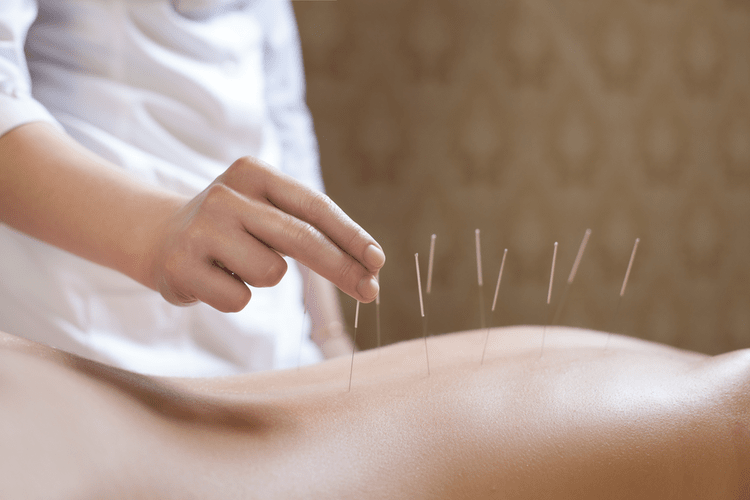Before sharing sensitive information, make sure you’re on a federal government site. He is a member of over a dozen professional medical associations and in his free time enjoys a number of different activities. Although now retired from racing, was a member of the International Motor Sports Association and Sports Car Club of America. Dr. Bishop is also a certified open water scuba diver, he enjoys fishing, traveling, and hunting. When abstinence violation effect kicks in, the first thing we often do is criticize ourselves. This is a problem faced by many addicts and alcoholics, and it actually applies to more than just AVE.
I’ve heard of AA meetings where a member with over 10 years of sobriety ends up drinking (let’s say as an attempt to cope with the loss of a loved one or other tragic event). Many would rather keep on drinking rather than come back to a primary source of support in shame. It seems akin to failing one exam during senior year in high school and being sent back to first grade as a result! Hopefully, one does not lose all the knowledge and experience gained along the journey. The https://ecosoberhouse.com/ (AVE – think the abbreviation for avenue to help you remember it) is what happens when an individual deviates from his/her plan – and then continues to remain off that path due to frustration, shame, guilt, etc. When that person takes even one drink (”violating” their abstinence), the tendency is to think, “I really blew it…I’m a failure…might as well keep on drinking now!
A Lapse Vs. A Relapse
Also, therapists can provide positive feedback of achievements that the client has been able to make in other facets of life6. Inaction has typically been interpreted as the acceptance of substance cues which can be described as “letting go” and not acting on an urge. “Staying in the moment” and being mindful of urges are helpful coping strategies4.
Rajiv was anxious since childhood (early learning and temperamental contributions) and avoided social situations (poor coping). He started using alcohol in his college, with friends and found that drinking helped him cope with his anxiety. Gradually he began to drink before meetings or interactions (maladaptive coping and negative reinforcement). His alcohol consumption increased and began affecting his work, and functioning. He reported difficulty sleeping if he did not drink, could not get past the day without drinking or thinking about his next drink (establishment of a dependence pattern).
Tips for Rebuilding Life After Rehab
Relapse is a process in which a newly abstinent patient experiences a sense of perceived control over his/her behaviour up to a point at which there is a high risk situation and for which the person may not have adequate skills or a sense of self-efficacy. Self- efficacy increases and abstinence violation effect the probability of relapsing decreases when one is able to cope with this situation31. The first step in planning a cognitive behavioural treatment program is to carry out a functional analysis to identify maintaining antecedents and set treatments targets, select interventions.
We focus our review on two well-studied approaches that were initially conceptualized – and have been frequently discussed in the empirical literature – as client-centered alternatives to abstinence-based treatment. Of note, other SUD treatment approaches that could be adapted to target nonabstinence goals (e.g., contingency management, behavioral activation) are excluded from the current review due to lack of relevant empirical evidence. The past 20 years has seen growing acceptance of harm reduction, evidenced in U.S. public health policy as well as SUD treatment research.
Cognitive Behavioural model of relapse
Distraction is a time-honored way of interrupting unpleasant thoughts of any kind, and particularly valuable for derailing thoughts of using before they reach maximum intensity. One cognitive strategy is to recite a mantra selected and rehearsed in advance. A behavioral strategy is to call and engage in conversation with a friend or other member of your support network.

Others high risk situations include physical states such as hunger, thirst, fatigue, testing personal control, responsivity to substance cues (craving). The RP model highlights the significance of covert antecedents such as lifestyle patterns craving in relapse. Problem solving therapy (PST) is a cognitive behavioural program that addresses interpersonal problems and other problem situations that may trigger stress and thereby increase probability of the addictive behaviour. The four key elements of PST are problem identification, generating alternatives, decision making, implementing solutions, reviewing outcomes and revising steps where needed. Problem orientation must also be addressed in addition to these steps, and the efficacy of PST increases when problem orientation is addressed in addition to the other steps25,26.
For Immediate Treatment Help Call 800-526-5053
With regard to addictive behaviours Cognitive Therapy emphasizes psychoeducation and relapse prevention. Therefore, many of the techniques discussed under relapse prevention that aim at modification of dysfunctional beliefs related to outcomes of substance use, coping or self-efficacy are relevant and overlapping. Other models of relapse prevention also draw upon the construct of self-efficacy34.
- Like the Sobells, Marlatt showed that reductions in drinking and harm were achievable in nonabstinence treatments (Marlatt & Witkiewitz, 2002).
- Clients are taught to reframe their perception of lapses, to view them not as failures but as key learning opportunities resulting from an interaction between various relapse determinants, both of which can be modified in the future.
- It is important to celebrate a successful recovery and abstinence period.
- RP has also been used in eating disorders in combination with other interventions such as CBT and problem-solving skills4.